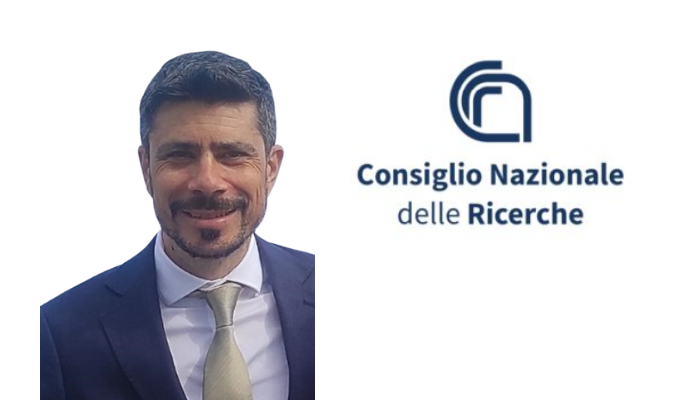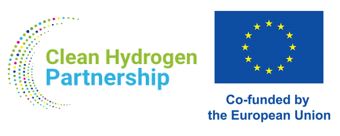“My name is Nicola Briguglio, and I am a materials engineer with nearly 20 years of experience in hydrogen technologies. I work at the National Research Council of Italy (CNR), specifically at the Institute for Advanced Energy Technologies (ITAE) in Messina. I earned my PhD in 2008 with a thesis on simulation tools for hydrogen production from renewable energy sources — a topic that, already then, anticipated many of today’s industrial challenges. Within the ELECTROLIFE project, I am responsible for test procedures for electrolysis technologies.”
What was your original motivation to become a researcher?
“Even as a child, I was known for constantly asking questions — my friends used to call me ‘Mr. Why’. That relentless curiosity evolved over time into a real passion for understanding complex systems and, more importantly, solving problems. I’ve always found great satisfaction in taking something that doesn’t work — or doesn’t exist yet — and finding a solution. Research became the natural path for me: it combines continuous learning with the opportunity to transform curiosity into innovation, and to contribute concretely to the advancement of sustainable technologies.”
What is your (main) research area today?
“Currently, my work focuses on the development of PEM and AEM electrolyser stacks, which are critical for scaling up hydrogen production. Together with a multidisciplinary team of engineers and chemists, I lead activities related to the design, integration, and electrochemical testing of short stacks. Our research also includes the characterisation of innovative materials and components in single-cell and mini-stack configurations. In addition to experimental work, we also apply computational tools such as CFD simulations and Life Cycle Assessment (LCA) to evaluate system behaviour and environmental impact, contributing to a more holistic approach to technology development.”
What are the main objectives of your team in ELECTROLIFE?
“In ELECTROLIFE, CNR-ITAE leads the Work Package on test procedures (WP4). As the CNR’s technical lead, I coordinate the efforts to design, harmonise, and validate standardised test protocols for electrolyser performance and durability. These procedures are essential to align with JRC guidelines and to generate results that are both reproducible and comparable across different technologies and partners. The overarching goal is to establish a unified testing framework that can support long-term innovation and benchmarking in the sector.”
What expertise and facilities does your team have to meet those objectives?
“Our team has a long-standing background in both theoretical and experimental research in hydrogen technologies. Over the years, we have developed several prototypes of PEM and AEM electrolysers, as well as advanced battery systems such as Zebra and vanadium redox flow batteries. While batteries are not the focus of ELECTROLIFE, this background has contributed to strengthening our expertise in stack integration, diagnostics, and long-term durability testing.
We are equipped with test stations for short stacks, single-cell setups, and advanced analytical tools such as SEM, XRD, XPS, XRF, and high-current EIS. This infrastructure, combined with our capabilities in CFD and LCA analysis, allows us to perform comprehensive investigations of materials, components, and full systems.”
Which aspects of your research at ELECTROLIFE do you find the most innovative and what unique opportunities offer ELECTROLIFE to you and your organisation?
“One of the most innovative aspects of ELECTROLIFE is the focus on standardising test protocols — a topic that is often underestimated but critical for technological advancement. Through this project, we are working alongside top academic and industrial partners to apply and refine procedures, including those developed by JRC. This collaboration not only enhances the scientific robustness of our work but also ensures greater alignment across the sector. For CNR-ITAE, ELECTROLIFE is a valuable opportunity to consolidate its role in the hydrogen ecosystem by contributing to the creation of reference protocols that can be adopted more broadly.”
How do you see the future use and impact of the ELECTROLIFE results?
“ELECTROLIFE addresses the degradation mechanisms of major water electrolysis technologies, both at low and high temperatures. The project’s results will be instrumental in developing more durable and efficient systems, which will in turn reduce costs and facilitate large-scale adoption. Beyond the technical benefits, ELECTROLIFE also promotes a culture of collaboration and data sharing. I believe that the project will contribute not only to technological advancements but also to the broader transition toward a sustainable and resilient hydrogen economy.”



